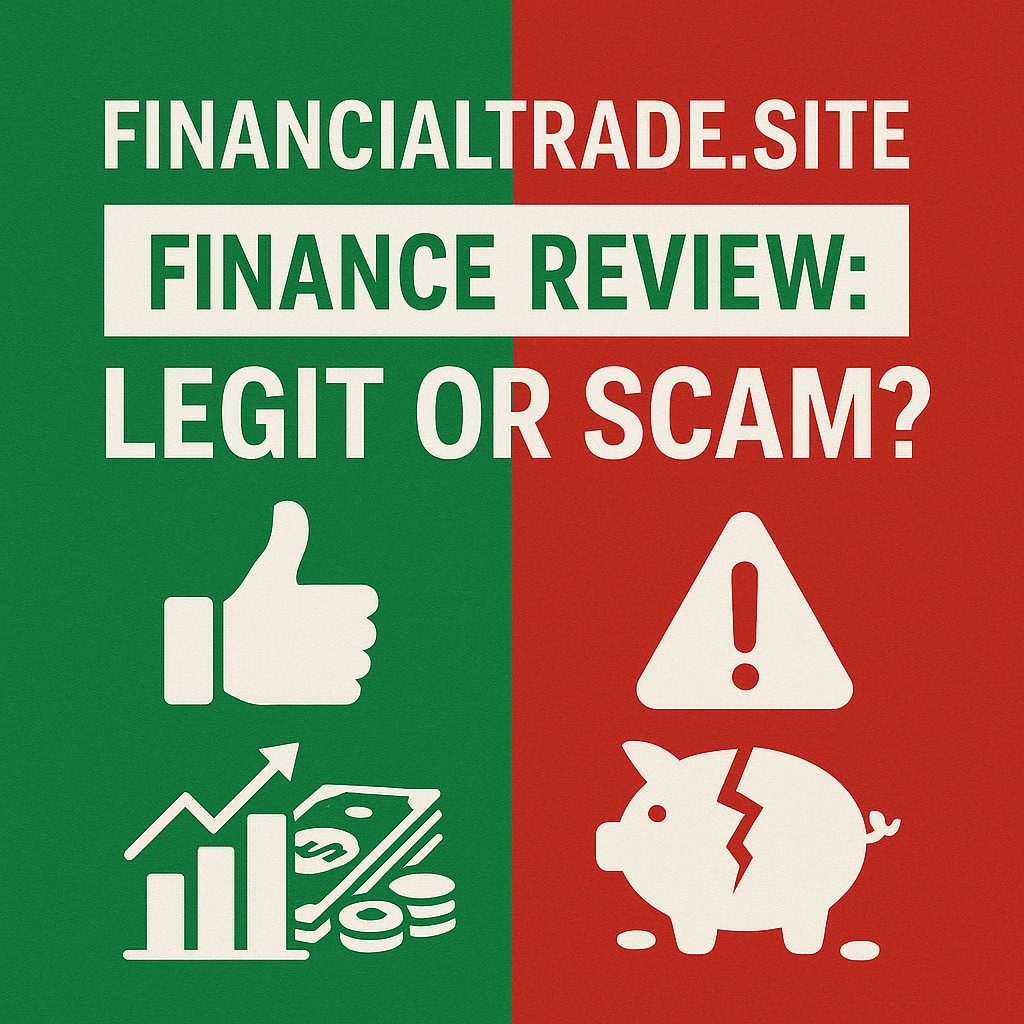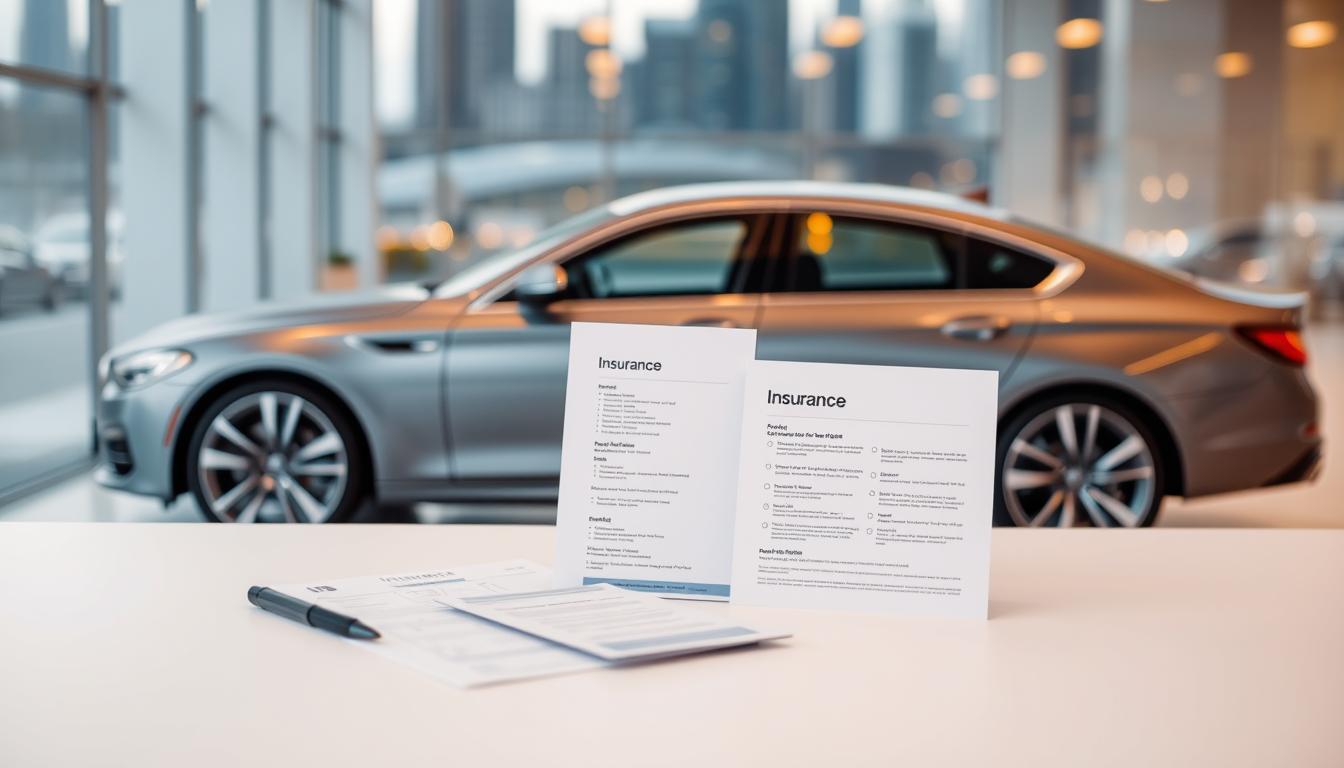One in three Americans still owes money on their current car loan when they decide to trade in their vehicle. This means many drivers face uncertainty about what happens when they trade in a financed car. They’re unsure how their existing loan affects the process.
Trading in a financed car isn’t as straightforward as turning in a paid-off vehicle. This guide breaks down the steps, from calculating your loan payoff to negotiating with dealers. Understanding how trading in a financed car works ensures you avoid hidden costs and make smarter financial choices.
Key Takeaways
- Most car owners owe money on their loans when trading in a financed car.
- Dealerships typically pay off your existing loan first when you trade in a financed car.
- Equity or debt on your current vehicle directly impacts your down payment for a new car.
- Trading in a financed car involves reviewing payoff amounts and negotiating trade-in values.
- Ignoring your loan balance can lead to negative equity or added costs in new financing.
What Happens When You Trade in a Financed Car: The Basics
Trading in a car with a loan means you need to know how your loan impacts the deal. Here’s how it works:
Your Loan Doesn’t Disappear
When you trade in a car with a loan balance, your loan doesn’t go away. For instance, if you owe $10,000 on a car worth $12,000, the dealer uses the $12,000 to pay off the $10,000. This leaves $2,000 equity that can lower your next loan’s starting balance.
If the auto loan payoff when trading in is more than the car’s value, you’ll need to pay the difference with cash.
The Dealer’s Role in the Process
Dealers manage the auto loan payoff when trading in by getting payoff amounts from your lender. They do the following:
- Verify your loan’s remaining balance
- Process the trade-in value toward that balance
- Transfer titles and ensure all paperwork is finalized
Always check the payoff amount yourself before signing to avoid mistakes.
How Your New Financing Gets Structured
New loans often include any unpaid loan balance. Let’s say your trade-in value is $8,000 but you owe $10,000. The $2,000 difference might be added to your new car’s loan. Here’s how it happens:
| Scenario | Trade-In Value | Loan Payoff | Balance Rolled Over |
|---|---|---|---|
| Low Equity | $8,000 | $10,000 | + $2,000 |
| High Equity | $15,000 | $10,000 | -$5,000 (cashback option) |
The interest rates and terms of your new loan depend on your credit score and the dealership’s offers. Always compare rates before making a decision.
Understanding Car Equity: Positive vs. Negative
Car equity shows how much money you have when you trade in a vehicle. It’s the difference between your car’s current value and what you still owe. This figure decides if trading in is easy or hard.
Positive equity means your car is worth more than what you owe. For instance, if your car is worth $12,000 and you owe $10,000, you have $2,000 equity. This can lower your payments on a new loan. But negative equity is when you owe more than your car is worth.
- Factors like rapid depreciation lower equity over time.
- Low down payments or extended loan terms increase the risk of negative equity.
- Insurance and market trends also affect resale value.
When trading in a car with an outstanding loan, dealers might add unpaid negative equity to a new loan. This means you’ll have to pay more in the future. But, positive equity can be used as cash for a new purchase, making things easier.
Check your equity often using Kelley Blue Book or NADA guides. This helps avoid surprises when you decide to trade, sell, or refinance. Remember, equity changes as cars get older and loans get smaller. Stay updated to make better choices.
The Step-by-Step Process of Trading in a Financed Vehicle
Trading in a financed car needs careful steps to avoid financial mistakes. Follow this guide to confidently navigate the how to trade in a car with an existing loan process:
Determining Your Current Car’s Value
Begin by researching your car’s market value. Use tools like Kelley Blue Book, Edmunds, or NADAguides. Look at the prices of similar vehicles in your area. Also, note any damage or upgrades that might affect the value.
Calculating Your Loan Payoff Amount
Contact your lender for an official payoff statement. This includes:
- Outstanding loan balance
- Early payoff penalties (if any)
- Per-diem interest for days until trade-in
Make sure to verify the totals to avoid owing money after the trade.
Negotiating with the Dealer
Use your car’s value and payoff amount to set a trade-in target. Ask dealers to explain how they calculated their offer. If there’s negative equity, ask them to detail it in the new loan terms. Never agree to hidden fees.
Completing the Paperwork
Review all documents carefully:
- Purchase agreement: Lists new car price and financing terms
- Trade-in contract: Confirms the dealer accepted your car’s condition
- Loan payoff authorization: Ensures your lender is paid first
Sign only after confirming all numbers match your calculations.
Financial Implications of Trading in a Car with an Outstanding Loan
Trading in a financed car changes your finances in big ways. The impact of trading in a financed car affects your credit score, taxes, and future loans. Knowing these effects helps you make smart choices.
Impact on Your Credit Score
Pay off your loan before trading in to boost your credit. But getting a new loan lowers your score by 5-10 points. Late payments on the old loan can also hurt your credit.
Make payments on time to improve your credit score. This is a big part of your FICO score.
Tax Considerations When Trading In
- Trade-in value reduces taxable amount: The New car price minus the trade-in value determines the taxable base
- Some states tax only the difference between a new loan and the trade-in value
- Example: $30,000 new car with $5,000 trade-in saves $500 in sales tax (at 10% tax rate)
How Negative Equity Affects Your New Loan
Negative equity means lenders add unpaid balances to new loans. Let’s say you owe $15,000 but your car is worth $10,000. The $5,000 deficit adds to your new loan.
This makes your monthly payments and total interest higher. For example, $5,000 extra at 6% APR adds $816 in interest over 60 months. This makes your new loan bigger, leading to more trouble.
Maximizing Your Trade-In Value When You Still Have a Loan
To boost your trade-in value, start by getting your car ready. Clean the inside, vacuum, and wash the outside to show off its condition. Fix small problems like dented fenders or faded headlights to increase its worth. Make sure the tires are in good shape to improve its look.
- Timing Matters: Trade when your car is most in demand. Look up market trends for your car to find the best times. Don’t trade when your car has over 100,000 miles unless you’re switching cars with a loan balance to a newer one.
- Document Everything: Collect service records, receipts for upgrades, and maintenance proof. Dealers like cars with full histories. This can increase your car’s value by 5-15%.
- Shop Smart: Compare offers from franchised dealers, independent buyers, and retailers like CarMax. Independent buyers might offer more for certain models. Dealers, on the other hand, might have better financing deals.
“A clean title and detailed maintenance logs can add $500+ to your trade-in value.”
If you have negative equity, focus on paying down the loan before trading. Reducing the loan by $1,000 can lower the amount rolled into a new loan. Talk about the trade-in value first, then financing separately to avoid bundling costs. Getting offers from multiple dealers helps you avoid overpaying when switching cars with a loan balance.
Alternatives to Consider Before Trading in Your Financed Car
Think about other choices before you trade in a financed car before paying off the loan. These options can save you money or make things easier. They help you avoid dealer fees and meet your financial or lifestyle needs.
Selling Privately vs. Trading In
Selling your car directly to a buyer might give you more money than a dealer. But you’ll have to deal with the negotiations and paperwork yourself. Make sure the buyer pays off your loan to avoid any debt. Dealers make it easier but often offer less.
- Private Sale: Higher profit potential but more work
- Dealer Trade-In: Quick but lower return
Refinancing Your Current Loan
Refinancing your loan can lower your monthly payments. This way, you don’t have to trade in your car before paying off the loan early. Use tools to compare lenders like US Bank or Capital One Auto Finance.
Lease Takeover Options
Lease takeovers let you pass on your lease to another driver. You can use sites like SwapALease or LeaseTrader. This avoids the costs of trading in a financed car for lease and saves on termination fees. The new lessee takes over your payments, ending your lease.
Look at all your options carefully. Selling privately is good for tech-savvy sellers. Refinancing is best if your credit has improved. Lease takeovers are great if you’re stuck in a bad lease.
Common Mistakes to Avoid When Trading in a Car with Existing Financing
Trading in a financed car needs careful planning to avoid costly errors. Many drivers overlook hidden fees or rush negotiations. This can lead to overpaying during a car trade-in while still financing. Here’s how to avoid common traps:
| Mistake | Smart Move |
|---|---|
| Ignoring total loan cost | Calculate financing a new car when trading in costs using online calculators |
| Skipping value research | Check Kelley Blue Book or NADA guides to set a baseline |
| Rushing to agree | Wait at least 24 hours before finalizing deals |
| Rolling over negative equity | Negotiate payoff terms instead of adding debt to new loans |
Avoiding these mistakes helps protect your budget. Always compare offers from multiple dealers and check payoff amounts with lenders. A small mistake could add hundreds to your loan balance. Stay informed to keep your savings safe.
Conclusion
Trading in a financed car requires careful steps to protect your money. First, check your loan payoff amount and the car’s value. Dealers can help, but your input is key to settling debts and using equity wisely.
Trading in a financed car might lead to negative equity. This can impact your new loan terms. Look into refinancing or selling privately to save money. Always talk about the trade-in value and check the paperwork to avoid spending too much.
Get ready by collecting loan statements, appraisal offers, and market data. Think about whether trading fits your long-term plans. Making informed choices helps avoid financial problems and ensures you make the best decision when getting a new car.
FAQ
What happens to my loan when I trade in a financed car?
When you trade in a financed car, the dealer pays off your loan with your lender. But, you still owe money if your car’s value is less than what you owe. This is called negative equity.
Can I finance a new car while trading in my financed vehicle?
Yes, you can finance a new car and trade in your old one. Any leftover loan balance can be added to the new loan. It’s important to talk to the dealer about how this will change your new loan.
What is the impact of trading in a financed car on my credit score?
Trading in a financed car can change your credit score. This is because of changes in how much you owe and your payment history. It’s a good idea to check your credit report to see how it will be affected.
How do I calculate my loan payoff amount before trading in?
To find out how much you owe, call your lender. They will tell you the total amount, including any interest and fees. Make sure to ask for this amount for the exact day you plan to trade in.
What should I do if I have negative equity when trading in?
If you owe more than your car is worth, you have choices. You can ask the dealer to help with the difference, or sell the car yourself. It’s also a good idea to see if you can refinance your loan before trading in.
How can I maximize my trade-in value for a financed vehicle?
To get the best trade-in value, clean and fix up your car. Also, gather any maintenance records. Use Kelley Blue Book to find out what your car is worth. Try to trade in when car demand is high.
What paperwork do I need for trading in a financed car?
You’ll need the title, registration, loan payoff info, and insurance proof. The dealer will also give you paperwork to release your loan with the lender.
Are there tax benefits to trading in a financed car?
Yes, many states give sales tax breaks when you trade in a car. The trade-in value can lower the sales tax on your new car. This can save you a lot of money.
What are the common mistakes to avoid when trading in a financed vehicle?
Don’t skip researching your car’s value or focus too much on monthly payments. Also, don’t rush the decision. Always compare offers, check agreements carefully, and think about how negative equity affects your new loan.






It?¦s in reality a nice and helpful piece of information. I?¦m happy that you shared this useful info with us. Please keep us up to date like this. Thanks for sharing.
I think other website owners should take this web site as an example , very clean and wonderful user pleasant layout.
You are my inhalation, I possess few web logs and very sporadically run out from to brand : (.